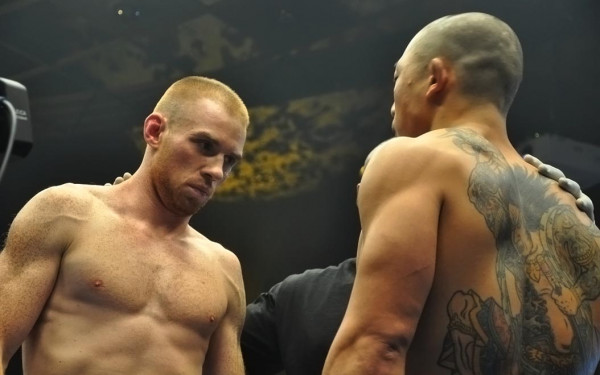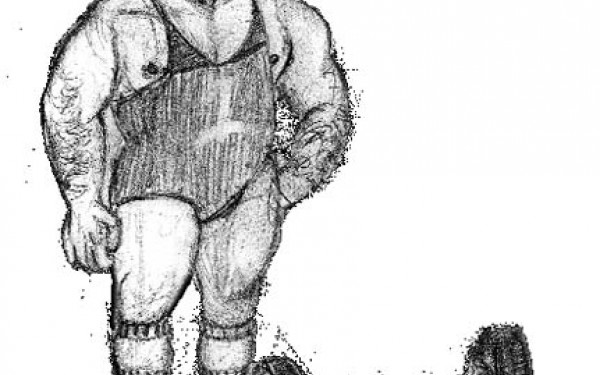N-O-T T-H-E S-A-M-E
Athletic Cheerleaders should not be Confused with the Superbowl Variety
There are many words in the English language that have multiple connotations. However the term “Cheerleader,” usually isn’t recognized as one of them—and it should be.
Oxford Dictionary defines a cheerleader as “a member of a team of girls who perform organized cheering, chanting, and dancing in support of a sports team at matches in the U.S. and elsewhere.”
That definition is both incomplete and outdated for several reasons. Cheerleaders are no longer exclusively female and the limited definition excludes a growing stream of cheerleading in which participants perform extremely risky acrobatic flips, lifts and throws. Nowadays, two distinct forms of cheerleading exist and it is quite simply erroneous to consider them one and the same.
“The second [acrobatic] one probably shouldn’t even be called cheerleading,” said Sarah Dalpé-Volstad, a member of last year’s Flyers All-stars Open category Cheerleading Team. Dalpé-Volstad says that competitive cheerleaders are pushing for their type of cheerleading to be known as “cheersport” in order to highlight the difference between what they do and traditional cheerleading.
Dalpé-Volstad explains that she always feels the need to elaborate when she tells people she is a cheerleader.
“People think of half-naked girls waving pompoms,” she said. “And what we do is really not like that.”
“Cheersport” cheerleading evidently requires athleticism. The competitive requirements to compete in a cheerleading competition consist of a list of technical requirements, safety and scoring guidelines that mimic what you would find going into gymnastics or a diving meet.
The number of injuries racked up by competitive cheerleaders demonstrates the intensity of the activity. The University of North Carolina at Chapel Hill has conducted a study from 1982 to 2008 that found that cheerleading is responsible for just over of 65 per cent of high school—and 70 per cent of college—catastrophic injuries among all female sports.
Last Sunday’s Superbowl was the first in history to not have cheerleaders on the sidelines. Dalpé-Volstad thinks that while “Cheersport” is growing, traditional cheerleading may be a dying trend.
“Football is a sport, and then you have the cheerleaders on the side, who aren’t the main focus of the show,” said Dalpé-Volstad. “Cheerleading as sport should be the main show.”
“People think of half-naked girls waving pompoms and what we do is really not like that.”
—Sarah Dalpé-Volstad,Flyers All-stars Open Category
Cheerleading Team
This article originally appeared in Volume 31, Issue 22, published February 8, 2011.

__888_1116_90.jpg)
_600_832_s.png)

__600_375_90_s_c1.jpg)


__600_375_90_s_c1.jpg)